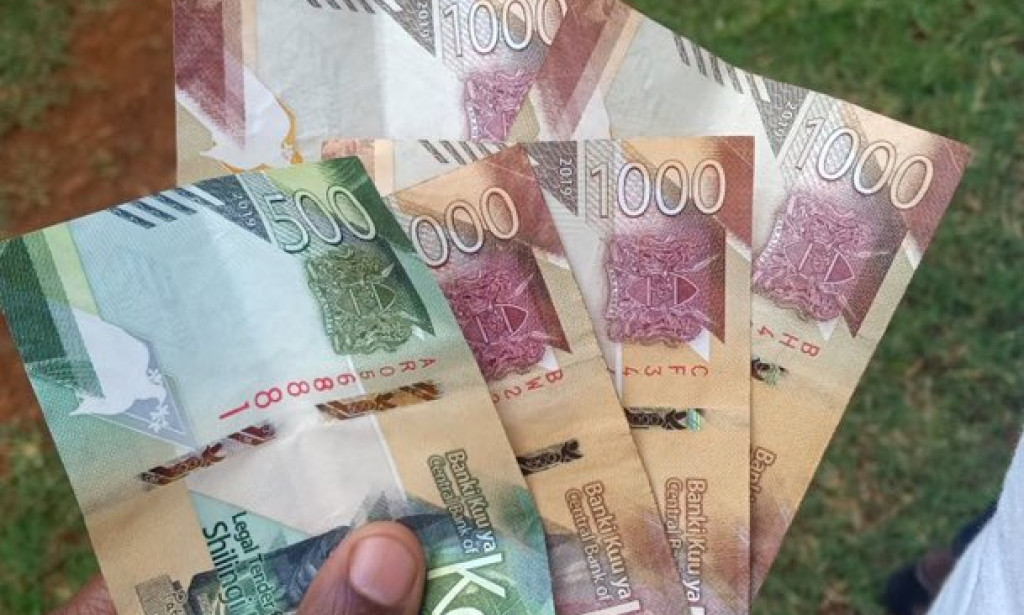-
Enjoy a Meal at a Local Restaurant
With $10, you can enjoy a filling meal at a local Kenyan restaurant or food vendor. Known as “nyama choma” joints, many of these eateries offer affordable meals such as a plate of ugali (a maize flour staple), sukuma wiki (collard greens), and meat stew or roasted goat meat. Alternatively, you can get a hearty serving of chapati (flatbread), beans, and other local dishes that give a taste of authentic Kenyan cuisine. At a typical local restaurant, this amount can even cover a meal for two.For a lighter snack, $10 can buy you several servings of popular street foods like samosas, mandazi (fried dough), or mutura (Kenyan sausage). These treats are affordable and widely available in markets and street stalls, giving you a genuine taste of Kenyan flavors without breaking the bank.
-
Transportation and Day Trips
Public transport in Kenya is both accessible and affordable, with $10 going a long way, especially for short-distance travels within a city. Using a matatu (a local shared minibus) or boda-boda (motorcycle taxi), you can cover several trips in and around urban centers like Nairobi, Mombasa, or Kisumu.If you want to explore a bit further, $10 can cover a one-way bus trip between towns, offering a glimpse of Kenya’s picturesque landscapes as you travel. This amount can even facilitate a short visit to some of the country’s national parks, though park entry fees vary. Certain parks offer affordable entry for locals, and $10 might just cover a brief excursion or safari experience.
-
Shopping at a Local Market
Kenya’s bustling open-air markets are packed with affordable goods, ranging from fresh produce to handicrafts. With $10, you can buy a week’s worth of fresh vegetables and fruits from markets like Nairobi’s City Market or Mombasa’s Kongowea Market. Some of the popular items you can get include tomatoes, onions, potatoes, bananas, mangoes, and avocados, often in large quantities for a relatively low cost.If you're interested in handicrafts or souvenirs, $10 can buy smaller items like beaded jewelry, Maasai shukas (traditional blankets), or wooden carvings, making it an excellent way to bring home a piece of Kenyan culture. While bargaining is common in these markets, a budget of $10 goes a long way in acquiring unique, handmade items.
-
Mobile Data and Airtime
Mobile phones are central to daily life in Kenya, and $10 can buy you a substantial amount of mobile data or airtime for making calls and browsing the internet. Mobile network providers like Safaricom, Airtel, and Telkom Kenya offer various bundles, allowing you to choose between internet data, call minutes, or SMS packages.With KSh 1,500, you can easily purchase up to 5GB of data or more, depending on the provider and ongoing promotions. This allows you to stay connected for a few weeks, browse social media, or use essential services like M-Pesa, Kenya’s popular mobile money transfer system.
-
Leisure and Entertainment
For those looking to relax or enjoy a leisure activity, $10 can provide several entertainment options. A cinema ticket in most urban areas costs around $5-$8, meaning you can enjoy a movie screening at a modern theater with some change left for a small snack. Alternatively, you could visit local cafes or tea houses to experience Kenyan coffee or tea, which is deeply rooted in the culture.Additionally, if you prefer a more scenic experience, Nairobi, for example, has affordable entry fees for its national parks and museums. The Nairobi National Museum offers a glimpse into Kenya’s rich history, while Karura Forest provides a serene nature walk for a small fee, ideal for anyone wanting to unwind.
-
Basic Household Essentials
A budget of $10 can also go a long way in covering basic household essentials in Kenya. Items such as soap, cooking oil, maize flour, and sugar are affordable and available in most local shops and supermarkets. For a small family, these essentials can last several days. The cost of living in Kenya varies by region, but in most places, $10 can cover a few days’ worth of essentials.In addition, $10 can contribute towards utilities like electricity tokens (for homes with prepaid meters) or even water bills for the week. These household items and utilities are reasonably priced, helping many people get by with a modest budget.


You must be logged in to post a comment.